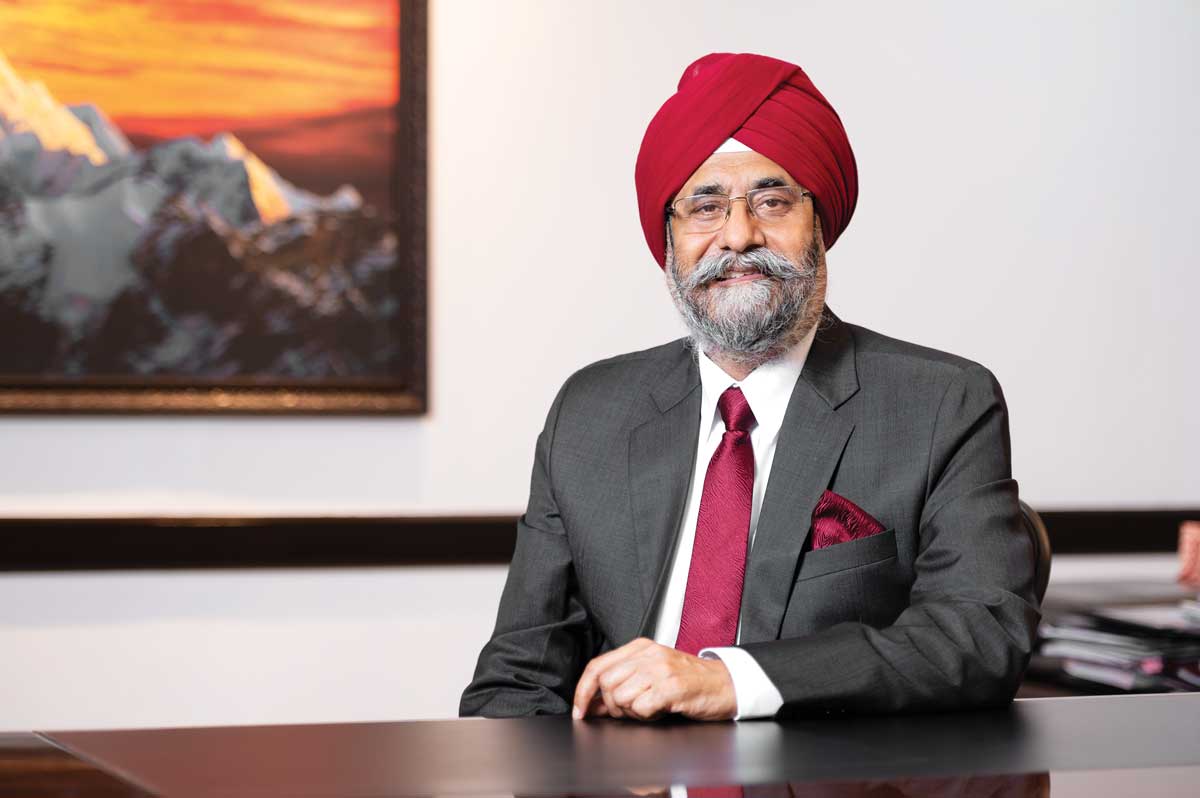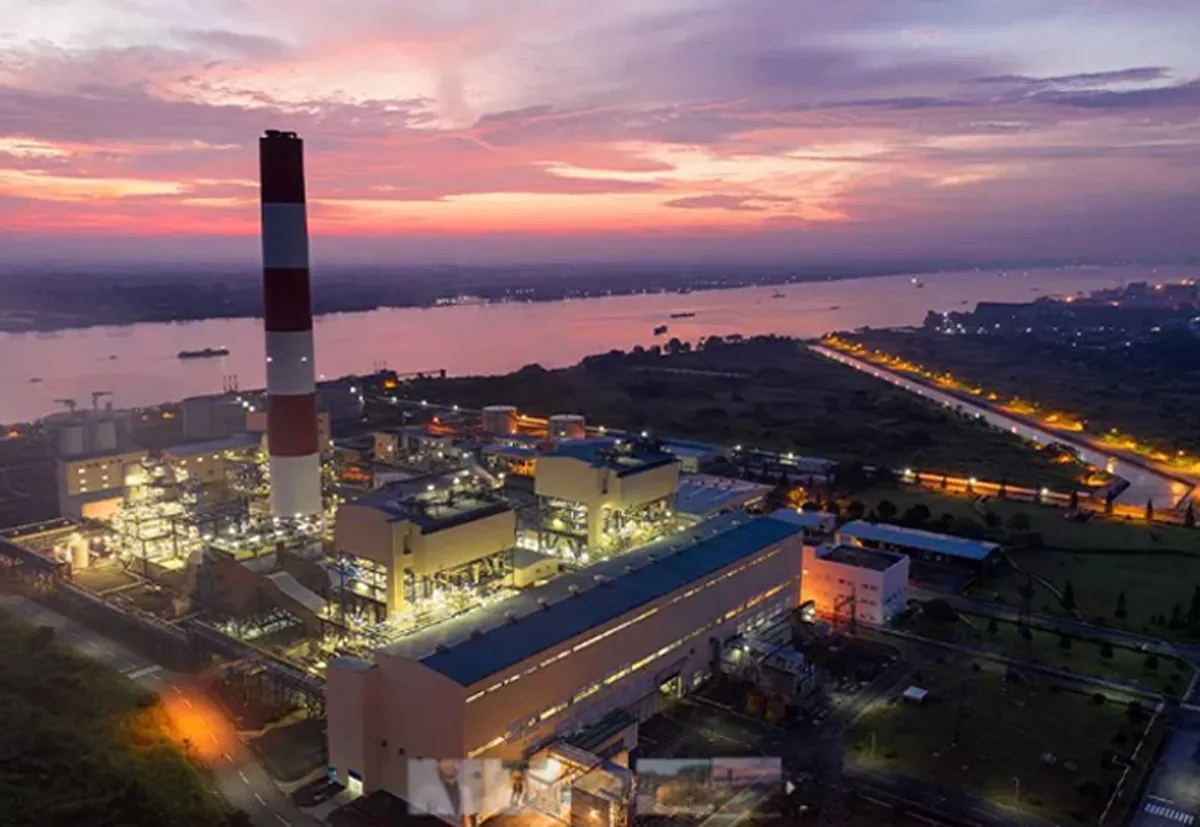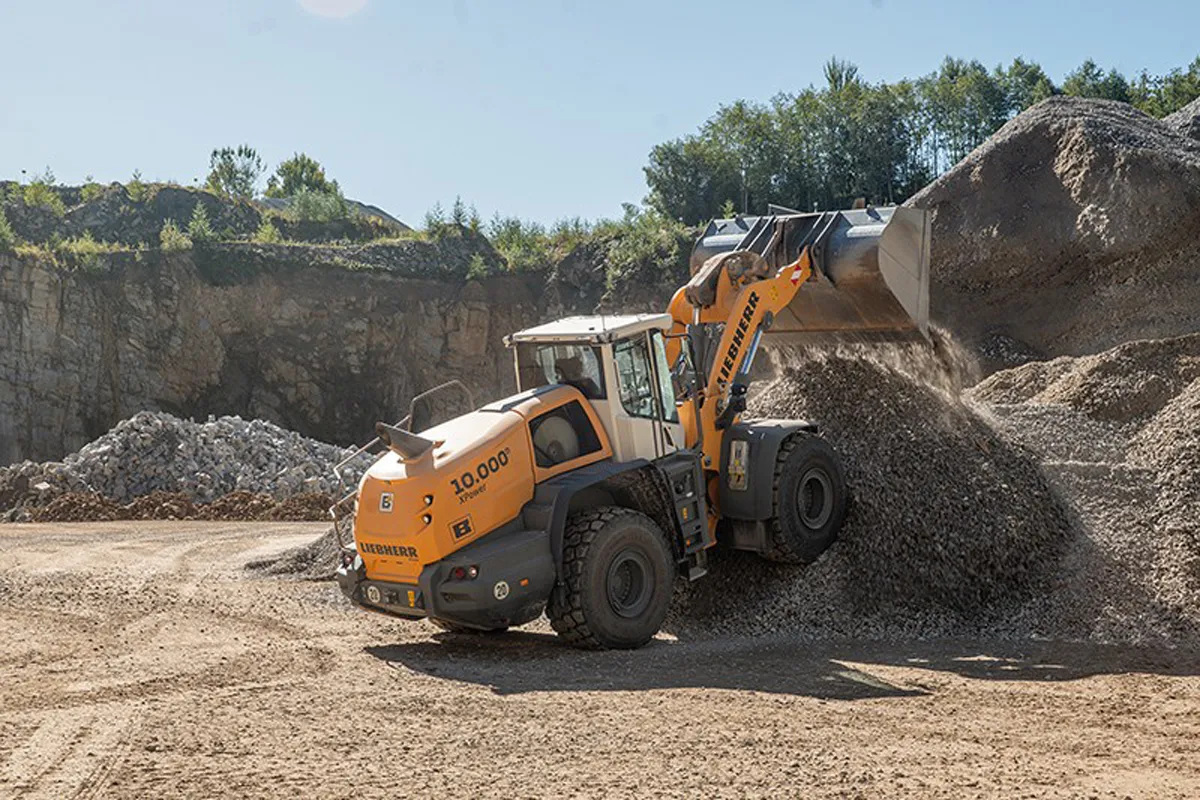By funding renewable projects for additional capacity and optimisation of Discom receivables to implement a change in the repayment regime, Power Finance Corporation (PFC) and its subsidiary REC have addressed resource issues in urban and rural sectors. Ravinder Singh Dhillon, Chairman & Managing Director, PFC speaks to E Jayashree Kurup on the transitions from funding just traditional thermal power stations to solar and wind energy, as well as infrastructure and logistics sectors, to help India meet the sustainable development goals.Excerpts from the interview...What do you think is the leadership role that PSUs can take, should take, and will take in a country that is the fifth largest economy in the world?The leadership role is already there, in the oil and power sectors, PSUs have already taken the lead in capacity addition, building refineries, and augmenting the installed capacity of power. All the lead has historically been taken by the PSUs and I think the leadership role is being taken.PFC has also been taking this role. During the COVID times, when the Discoms were not able to read meters, raise bills and collect charges, we had come up with a liquidity scheme under the Atmanirbhar Bharat programme and averted a major liquidity crisis in the power sector. Apart from that too, PFC has been implementing different Government of India schemes under the Atmanirbhar Bharat programme. In the privatisation of power in the Union Territories (UTs), we are supporting the Ministry of Power so that once privatisation happens in the UT it would set an example for states to adopt privatisation. PFC is taking the lead in the new Revamped Distribution Sector Scheme (RDSS), in how to improve the financial viability of the distribution sector.PFC is also spearheading and driving energy transition, as one of the largest lenders for renewable or green projects. Earlier, the mainstay was the thermal and hydropower projects, however, now we are funding largely in the RE sector in line with the Government of India’s growing commitment to green energy. We have funded more than 230 GW of power plants and India was able to become a power surplus nation from a power deficit nation.To date, PFC, along with its subsidiary REC, has cumulatively sanctioned more than Rs 25 trillion in loans to the power sector, which is huge. In the last three years, we at PFC have demonstrated highest ever sanctions, disbursements, and profits as we sanctioned about Rs 3.3 trillion and disbursed about Rs 2.1 trillion. We had the highest profits for the last two years with FY 2022 profit crossing Rs 100 billion.Given such recent performance, we have been awarded Maharatna status. Our performance is also reflected in the standings in the market. As of date, we are the largest PSU in terms of consolidated AUM (assets under management) compared to all PSUs. PFC is ranked 375th in the world by asset size by Forbes Global Rankings 2022 and is ranked 34th in India by Fortune 500 India Rankings. Well, we are the first Maharatna in the financial space. Given all this, I believe PSUs like PFC are the instruments that are driving investment in the economy and setting benchmarks.In power sector financing, the problem has been in the recovery of dues. Do you see a lot of improvement in that area to re-energise the sector?To address the issue of huge overdue of Discoms to Gencos and Transcos, the Government of India notified the Late Payment Surcharge (LPS) Rules, 2022 in June. Under LPS rules, the legacy dues of Discoms towards Gencos and Transcos, which are over Rs 1 trillion, have been converted into EMIs and will be cleared over 12 to 48 months. The scheme has provisions to prevent the fresh accumulation of dues by Discoms. Non-payment of EMIs or current dues within a stipulated period will result in the regulation of power by the grid operator. Many states have opted for the scheme and have agreed to pay the outstanding legacy dues in EMIs. The scheme is already showing positive results, with the legacy dues as well as the current dues being cleared by many Discoms. These are all long-term positives for the sector and would attract fresh investments into the Indian power sector.The scheme has resulted in more disciplined payment behaviour by Discoms. Now if they are not able to pay, there will be a repercussion because of the regulation, and Discom would not be able to purchase power. They would then have to go for load shedding, and if electricity would not be supplied, that would create many issues which would not be desirable. So now, Discoms are trying to improve the payment cycle.Ultimately, the Discoms have to pay the generators, and if you see the past trend, the Genco dues were around Rs 1.38 trillion and the receivables for the Discoms were around Rs 600-700 billion for the state government dues, and around Rs 750 billion was the subsidy that they had to receive. So, when the Discoms were not getting from the state governments, they were not able to pay the Gencos. Under RDSS, we are trying to give a trajectory for the liquidation of state government dues and one for the liquidation of subsidies. So, if the Discoms are paid the legacy dues from the pending subsidy and state government dues, then ultimately they would be able to pay the Genco dues.So today there is a consequence to not making efficient payments?There has to be efficiency in payments. What you purchase and what you consume, you have to pay for it. Ultimately, through smart and pre-paid meters, the consumer has to pay for the electricity upfront to get electricity like in direct-to-home. Here, the revenue would be flowing to the Discoms and the Discom has to pay the Gencos to get the electricity, and the Gencos further have to pay the coal companies to get the coal. If everything is in place, then the stress in the system would be reduced.Where is the sector in this virtuous cycle?The Discoms are now paying the Genco dues on time. The legacy dues have been converted to EMIs, which have to be paid on time. Earlier, an LPS was being charged on the dues, but on June 3, 2022, the LPS was frozen and the legacy dues were converted into EMIs. If regular EMI payments are not being made, then regulation would be there and from that date onwards, all the current dues have to be cleared within 75 days, otherwise again regulation would take over. So Gencos have been taken care of with this. And payment to Discoms for the subsidy from the state government and pending state government dues has been made into a trajectory that they have to clear.There has been rapid urbanisation with 4,800 towns and cities under AMRUT alone. Are calculations being made for this kind of rise in consumption? Will this power come from energy-efficient renewable resources?Yes, the Ministry of Power is very concerned about this. Lately, you would have seen there is a growth of 7-8 per cent, even 10 per cent in energy consumption, compared to last year. And this consumption is going to increase as urbanisation is taking place. Consumption in an urban environment would be more compared to a rural one. On the other hand, all households have been electrified, even in rural areas. We have electrified almost 280 million households and they will start consuming more with time. So the consumption is there and the Central Electricity Authority (CEA) has projected that we may have to double our capacity by 2030. And within that capacity of 800 GW that would be required by 2030, our Prime Minister has indicated that about 500 GW of capacity has to come from renewables.So a major chunk is going to come from renewables. But renewables have their intermittency issues. Once the sun is not there, we do not get efficient solar power. Once the wind is not there, you don’t get wind power. Hence, balancing the power is also required. Thermal capacity or other forms of storage, like pump storage or electric power storage, would be required for balancing this power. The ministry is taking up the matter and is very concerned about it.When you take the newly evolving census towns, they are only coming up now. Are you involved in the planning for these requirements? Will capacity building and hand-holding happen from the power sector as well?All the new consumers will have to be installed with smart, prepaid meters. Consumers will have to pay upfront for power. If you have a balance in your account, then only will you get electricity. If your bill goes negative, your power will be automatically switched off. And then once you make payment online, the electricity will be restored. So how the electricity bills are generated will undergo a major change. We have already started it in some parts of Bihar and Uttar Pradesh, where smart, prepaid meters have already been installed. The revenue where smart pre-paid meters have been installed has increased in the range of 30-50 per cent.Are states more meticulous and compliant in making payments to the power sector now?Yes, because of the implications that kick in if they do not pay in time. Even an urban local body would be put on a smart prepaid meter. If they do not make their payment then their electricity would also be turned off. So if they want their electricity supply to continue, they have to make payments on time. Under the RDSS scheme, 250 million smart meters have to be installed. It is not a small thing as it has to be installed by 2025-26. We have already sanctioned 200 million smart meters and the tenders have been floated for about 100 million meters out of which 10 million smart meters have been awarded. These are going to be installed in a very big way.You have rural electrification under your wing now with REC. How is rural electrification progressing?We have already done 100 per cent electrification of villages and provided energy access to all rural households. Aggregate technical and commercial losses (AT&C) were earlier 25 per cent on average, with some states having more than 40 per cent losses. Over the last three years, we were able to bring it to about 22 per cent. Now, in the last year when we have implemented reform measures, and with respect to the additional prudential norms applicable, if Discoms are not doing the right things then we don’t give funds to them.That has been communicated to banks as well, as they had the subsidy payment trajectory to follow to liquidate their government dues, how to reduce the AT&C losses, and how to reduce the gap between the average revenue realisation and the cost of supply. The ultimate challenge is how to improve this. In the last year, the Discoms have reduced AT&C losses from around 22 per cent to about 17 per cent.Do you have enough means of raising funds to manage the huge demand that’s coming up in the future?We have not faced many difficulties in raising funds. We have been able to raise bonds as well as funds from the banks too. About 16-17 per cent is raised from foreign currency borrowings, although the cost of funds is an issue. When we have higher borrowing amounts, then it becomes more expensive to raise funds, but we were able to ensure that funds were raised at a very competitive rate so that we could pass on the benefit to our borrowers.The Ministry of Power also says we have to provide affordable power to the consumer. This is one step in lowering the cost of funds to the Discoms so that they will be able to provide affordable power to the ultimate consumer. On this front, we are targeting optimising our borrowing mix through a variety of financial instruments for borrowing. A few dispensations have also been asked from the Ministry of Finance through the Ministry of Power to further reduce the cost of borrowing.Capital Gain Tax Exemption Bonds, or 54EC bonds, have proved to be one of the cheapest sources of domestic debt for PFC. PFC mobilised funds amounting to Rs 380 billion from the domestic market during FY 2022-23 till 31.12.2022. Out of the above, Rs 250 billion was raised through the issue of taxable bonds, Rs 16.37 billion through capital gain bonds, and Rs 116 billion through long-term and short-term loans. PFC shall be one of the primary conduits to channelize international green funding into eligible green projects. Therefore, PFC’s strategy going forward would be to align its vision with the Government of India’s commitment towards net zero through energy transition and climate financing.You moved from Navratna to Maharatna during very challenging years, how did you do that?PFC was conferred Navaratna status in June 2007. Since 2009, when the Government of India introduced the Maharatna category, PFC has been aspiring to become one. To achieve this, we needed a much larger size and scale of operations. At the same time, the power sector was undergoing a transition, moving away from mega thermal and hydro projects, which was PFC’s mainstay, to smaller renewable projects.I guided PFC on a path of sustained asset growth by focusing on renewables and diversifying into related infrastructure sectors like electro-mechanical components of large irrigation projects, ports, etc. Even on the resource mobilisation front, we have made a significant international presence through foreign currency borrowings including raising international green bonds.Ultimately, we had to increase our net worth, and profit and diversify the business. Over the years, we had been traditionally funding thermal power projects. So we had taken this decision to fund renewable energy in a big way for energy transition in-line with the objective of the Government of India to support renewables. Lately, we have financed waste-to-energy projects, pump storage projects, and electro-mechanical components of infrastructure projects such as irrigation projects, etc.To diversify our portfolio, we have amended our Memorandum of Association, to include funding for all infrastructure and logistics projects. We have already funded infrastructure projects like metro rails, ports, refineries, etc. Further, within the energy sector, there are emerging avenues for funding such as green hydrogen and ammonia, offshore wind, battery storage, and equipment manufacturing to name a few. There is a lot of potential for us to fund.What are the risks involved in funding renewable energy?One of the major risks in these projects is land acquisition as it needs huge contiguous land. But we put a condition that only after they get land, will we be able to fund. Funds are released in proportionate to the acquisition. However, being short gestation projects of about nine months to a year, construction and implementation risk is lower. These are low-gestation projects, so PFC has come up with a sole lending concept that up to Rs 20 billion, we can fund the entire debt. These solar power companies have now implemented projects and gained maturity. These projects have a life of about 25 years. We are giving loans for 15-18 years, not supporting the entire life cycle, but we will be getting repaid before the life of the project ends. That reduces our risk.What is your role in working towards the 2030 and 2070 targets of sustainable development goals set by the Government of India?We are very much aligned with the GoI policy of renewable energy, and over the years we have grown at a CAGR of 30-32 per cent in renewable energy. PFC along with its subsidiary REC has supported about 38 GW of RE projects, disbursing Rs 775 billion with cumulative sanctions being Rs 1.57 trillion. Additionally, about Rs 840 billion of financial assistance was offered to large hydro projects in the last six years. During the last fiscal, 44 per cent of the disbursement made by PFC to the generation sector was to non-fossil fuel projects. RE assets of PFC registered a CAGR of 32 per cent during the last five years.PFC has also taken new initiatives in funding green projects like funding e-mobility, charging infrastructure, RE equipment manufacturing, utility-scale energy storage, flue gas desulphurisation (FGD), decarbonisation, etc. In the recent past, PFC has sanctioned an integrated renewable pump storage project (1,200 MW) in Andhra Pradesh, Kholongchhu Hydro Electric Plant (4x150 MW) in Bhutan, deployment of 350 electric buses in various cities of Uttar Pradesh under the Fame II scheme and electric cab fleet of 5,000 in Gurgaon (BluSmart).PFC intends to become a dedicated institution to facilitate achieving the net zero commitment announced by the Prime Minister and NDC submitted to UNFCCC.




















